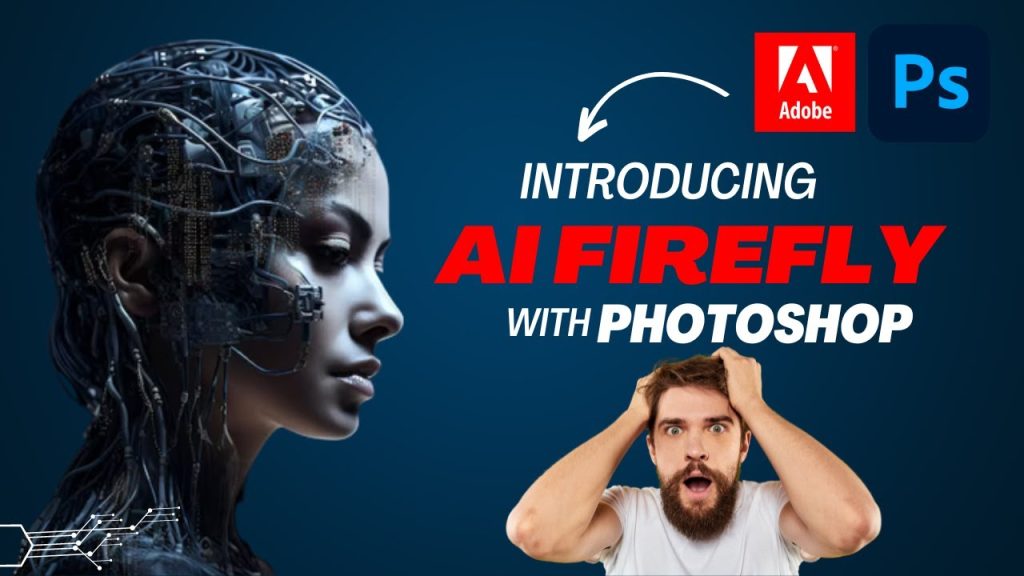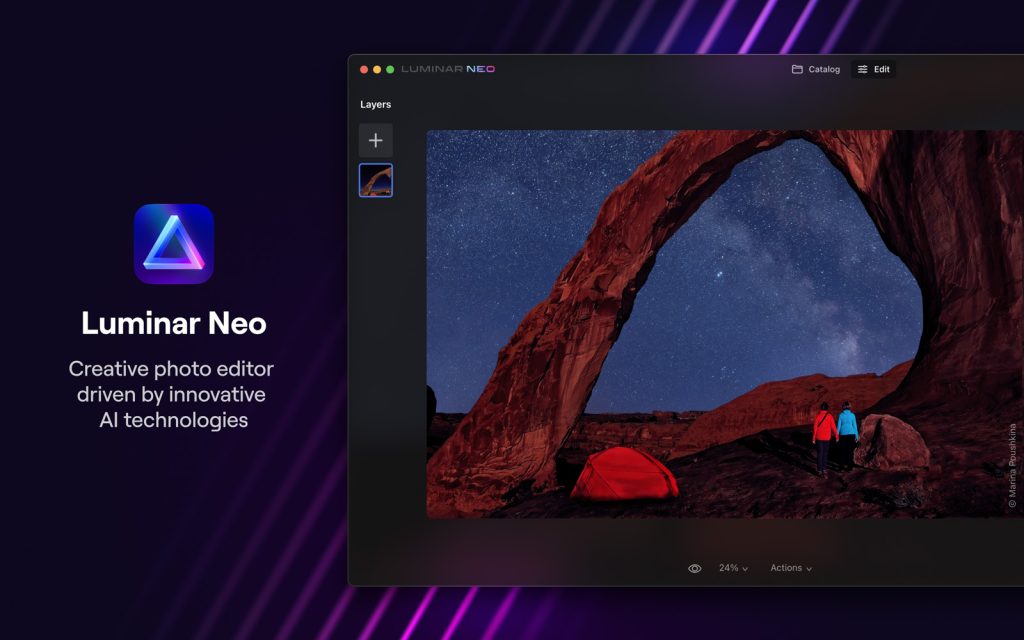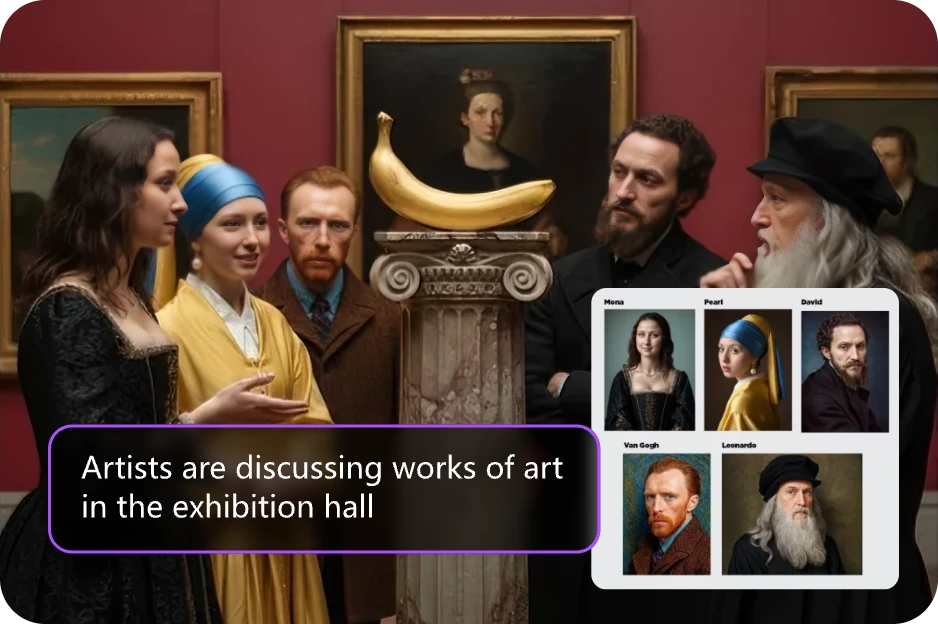Not long ago, editing photos took hours of manual work with complex software. But by 2025, artificial intelligence has completely changed everything. Today’s AI editors can apply filters just like any professional can. They can also swap backgrounds in seconds, retouch portraits with accuracy, and maintain the subject’s features consistently across many photos. With so many new tools appearing every day, it can be so overwhelming to choose the right one because some focus on speed, others on professional control, while a few claim to do it all.
That is why we have put together a list of the top five AI tools for image editing in 2025. By the end of this guide, you will know what makes each editor useful, where they shine, and why Nano Banana AI is emerging as a standout choice for both casual creators and professionals.
Overview of Modern AI Image Editors
AI image editors in 2025 are now capable of handling edits that once took long hours of manual toggling. They have become everyday essentials for photographers, designers, marketers, and even casual users who just want better results.
One of the things that makes this generation of editors stand out is how they interpret intent. For instance, you can now type commands (prompts) like “brighten the subject’s face,” “warmer evening light,” or “replace the cloudy sky with a sunset,” and the AI interprets and edits accordingly.
Another defining feature of modern editors is their ability to scale. Being able to apply a consistent look across hundreds of images is a game-changer for businesses. It ensures that the brand identity stays intact.
In addition, these editors are advanced enough to make natural-looking changes, like subtle skin corrections or removing unwanted objects. What’s more? All you need to access them is a mobile device and the internet.
Top 5 AI Tools to Edit Images in 2025
In just a few years, the advent of AI transformed image editing as we know it. However, there are questions of: which of the modern AI editing tools out there is worthwhile and delivers? So, we will take a look at the five standout AI editors of 2025 and point out their unique strengths.
1. Adobe Photoshop (With Firefly AI)
When most people think of photo editing, Adobe Photoshop still comes to mind (for good reason). The integration of Firefly AI into Photoshop has certainly upgraded its performance, allowing users to fill, expand, or transform parts of an image using natural text prompts (quicker than the traditional masking and layering processes). Imagine typing “replace the cloudy sky with a golden sunset” and watching it happen instantly, with realistic results. Mind-blowing!

Furthermore, Photoshop has additional tools and functions that professional designers, photographers, and agencies can use to make further manual adjustments. The only drawback is that its subscription is costly. Nevertheless, it remains a standard in the image editing world.
2. Canva AI
Canva has become the favourite of small businesses, marketers, and social media creators because of the platform’s easy drag-and-drop design. It is commonly used for background removal, instant retouching, and smart resizing, making it perfect for those who do not want to spend hours polishing a single image.

What sets Canva apart is its accessibility. Its large library of templates also makes design work feel effortless. And while it is not on par with Photoshop in terms of resolution or print quality, its ability to turn their ideas into visuals in minutes is commendable.
3. Luminar Neo
Luminar Neo is exclusive for photographers who focus on detail and realism. Photographers use it to enhance portraits, retouch landscapes, adjust lighting, replace the sky, etc.

What makes it especially appealing is that it is fast, and the edits always look natural.
4. Fotor AI
Fotor AI is renowned for its simplicity, designed for quick editing, and is mostly used to apply improvements like blemish removal, colour correction, background changes, or any other minor edits. Fotor AI is ideal for casual users who want their everyday images (i.e., family photos, vacation shots, and so on) to look better.
With Fotor, all you have to do is just upload a photo, choose the effect or correction you need, and the AI does the heavy lifting. While professionals may find its options too limited, Fotor is an excellent choice for anyone who wants fast edits that look good.
5. Nano Banana AI
Nano Banana AI is a specialized image-editing model created by Google as one of its Gemini models. It is more recent but unique because it can be used for professional, as well as casual purposes, and it has remarkable photo editing and image generation capabilities.

One of its most talked-about features is character consistency. For example, if you are editing a series of portraits or product shots, Nano Banana can make sure the same face or item looks consistent across every image —something many AI tools still struggle with. Add to that its speed, user-friendly interface, and set of filters and styles, and it is easy to see why this new tool is making waves.
Why Nano Banana AI Stands Out
Many AI editors promise quick fixes and flashy effects, but very few solve the real frustrations creators face, which include keeping edits consistent and making results look natural. However, Nano Banana AI has achieved the following;
- Credibility, Trust, and Integration Potential
Nano Banana AI is created by Google, which validates its reliability. And since it is part of the Gemini ecosystem, it is potentially a hub for AI editing across Google’s platforms –Photos, Drive, Workspace, Android devices, and even YouTube, which people already use daily.
- Character and Scene Consistency
Ask anyone who has tried AI editing before, and they will tell you: consistency is one of the hardest things to achieve. Many tools can retouch a photo beautifully, but if you try to apply the same edit to ten different images, you often end up with mismatched results. Luckily, Nano Banana AI offers a solution to these common frustrations.
- Realistic Results
One of the biggest challenges with many AI editing tools is their exaggerated effects (e.g., over-smoothed skin, distorted details, or unnatural lighting). But Nano Banana AI takes a different approach in removing blemishes, fixing a background, or adjusting colours, such that the results look like they were created by a skilled human editor.
- Fast and Accessible
Speed matters, especially when deadlines are tight. But thanks to Nano Banana AI’s processing speed, editing will only take a few minutes. In addition, its intuitive interface also makes it approachable for non-experts (It does not require years of editing experience to get outstanding results), which means it is just as useful for small business owners or casual creators as it is for professionals.
- Built-in Safeguard Measures
Another reason Nano Banana AI stands out is its ethical safeguards. Google has invested so much in watermarking (SynthID) and provenance tools to prove trustworthiness and transparency.
Verdict
Tools like Photoshop, Canva, Luminar, and Fotor each have their place, but Nano Banana AI, backed by Google’s vision and resources, is focused on realism, consistency, accessibility, and speed.
